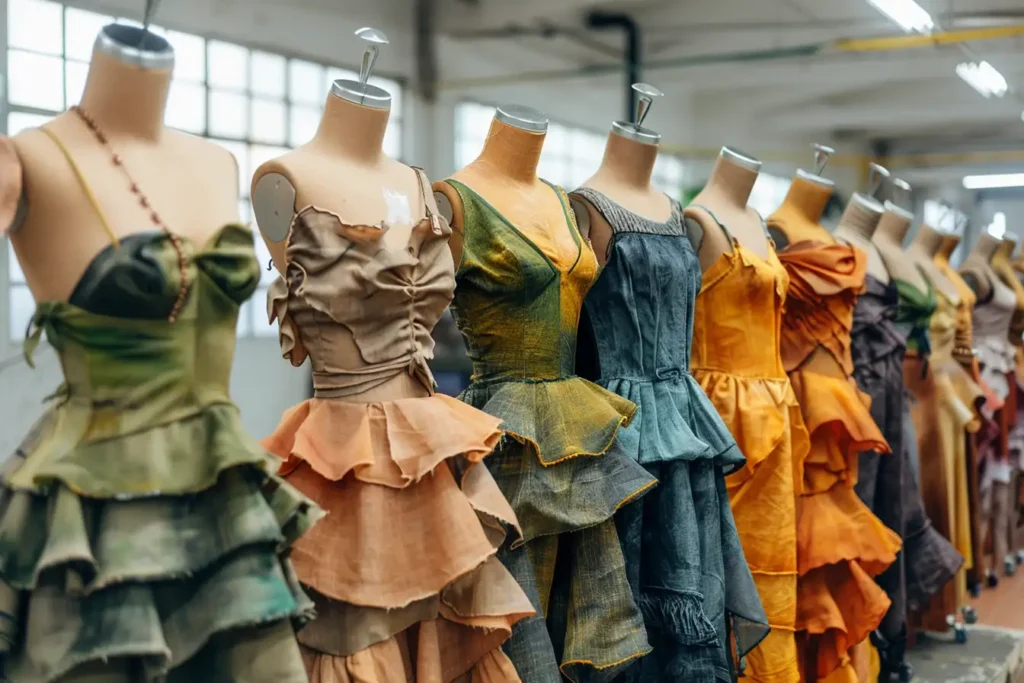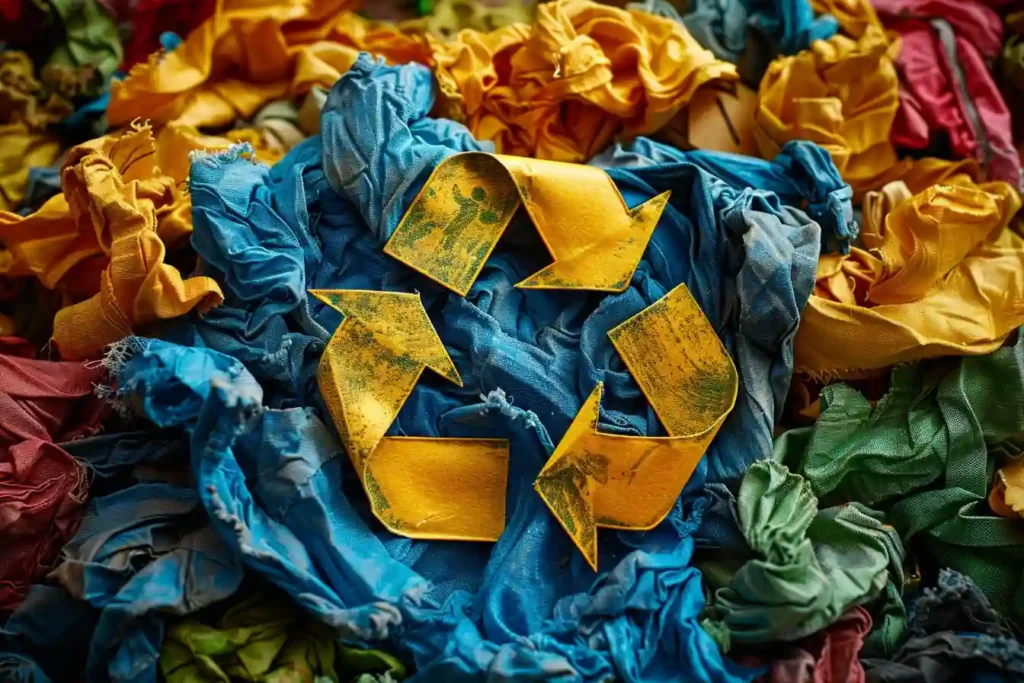Sustainable fashion trends are no longer just a buzzword; they have become a significant movement within the fashion industry. With increasing awareness about environmental issues and ethical considerations, consumers are now more inclined towards eco-friendly and sustainable clothing options. This article explores the trends in sustainable fashion that are not only popular today but are also here to stay, shaping the future of the industry.
In recent years, the fashion industry has faced growing scrutiny for its environmental impact. As a result, brands and consumers alike are turning to sustainable practices and materials. This shift is leading to the emergence of various trends that prioritize sustainability without compromising on style.
The greatest threat to our planet is the belief that someone else will save it.
— Robert Swan
This quote underscores the importance of individual responsibility in driving the sustainable fashion movement. It highlights that everyone must take action rather than rely on others to protect the environment.
The Rise of Sustainable Materials in Fashion
One of the most notable trends in sustainable fashion is the use of eco-friendly materials. Brands are increasingly opting for organic, recycled, and biodegradable materials to minimize their environmental footprint.
Popular Organic Fabrics

- Organic Cotton: Organic cotton is grown without harmful pesticides and synthetic fertilizers, making it a popular choice for sustainable clothing.
- Hemp: Known for its durability and minimal water requirements, hemp is another eco-friendly fabric gaining popularity.
Use of Recycled Materials
- Recycled Polyester: Made from post-consumer plastic bottles, recycled polyester reduces waste and the need for virgin materials.
- Upcycled Textiles: Upcycling involves creating new garments from old, discarded fabrics, giving them a new life and reducing landfill waste.
Ethical Production Practices in Sustainable Fashion
Sustainable fashion is not just about materials but also about how clothes are made. Ethical production practices ensure fair wages, safe working conditions, and minimal environmental impact.
Importance of Fair Trade Certification
- Worker Welfare: Fair trade certification ensures that workers receive fair wages and work in safe conditions.
- Community Support: Fair trade practices often support local communities, contributing to social and economic development.
Transparent Supply Chains
- Traceability: Brands increasingly provide transparency in their supply chains, allowing consumers to trace the origins of their garments.
- Accountability: Transparent supply chains hold brands accountable for their production practices, promoting ethical standards.
Every time you spend money, you’re casting a vote for the kind of world you want.
— Anna Lappé
Anna Lappé’s quote highlights the power of consumer choices in driving sustainable fashion trends. By choosing eco-friendly products, consumers can influence the industry towards more sustainable practices.

Embracing the Slow Fashion Movement
The slow fashion movement advocates for a more thoughtful and deliberate approach to fashion, contrasting with the fast fashion model that prioritizes speed and low cost.
Quality Over Quantity in Sustainable Fashion
- Durable Clothing: Slow fashion emphasizes quality and durability, encouraging consumers to invest in pieces that last longer.
- Timeless Designs: Timeless, classic designs are favored over fleeting trends, promoting longer-lasting wardrobe choices.
Promoting Mindful Consumption
- Capsule Wardrobes: Building a capsule wardrobe with versatile, interchangeable pieces reduces the need for excessive clothing.
- Conscious Shopping: Consumers are encouraged to make thoughtful purchasing decisions, considering the environmental and ethical impact of their choices.
Circular Fashion: Reducing Waste

Circular fashion aims to create a closed-loop system where clothing is reused, recycled, or upcycled, reducing waste and conserving resources.
Clothing Rentals and Resales
- Rental Services: Clothing rental services allow consumers to wear high-quality garments without the commitment of ownership, reducing waste.
- Secondhand Market: Thrifting and buying secondhand clothes extend the life of garments, making fashion more sustainable.
Repair and Upcycling in Sustainable Fashion
- Repair Services: Brands and independent services offering clothing repairs encourage consumers to fix rather than discard their clothes.
- DIY Upcycling: Upcycling old clothes into new, fashionable items is becoming a popular DIY trend.
Technological Innovations in Sustainable Fashion

Technological advancements are driving new trends in sustainable fashion, making eco-friendly practices more accessible and efficient.
Sustainable Dyeing Techniques
- Natural Dyes: Using dyes derived from plants and minerals reduces the environmental impact of traditional chemical dyes.
- Waterless Dyeing: Innovative dyeing techniques that use little to no water are gaining traction, conserving a vital resource.
3D Printing in Sustainable Fashion
- Custom Fit: 3D printing allows for custom-fit garments, reducing fabric waste.
- On-Demand Production: Producing clothing on demand minimizes overproduction and excess inventory.
The only bad workout is the one that didn’t happen.
— Unknown
This quote emphasizes the importance of consistent action in achieving goals, whether in fitness or sustainability. It implies that taking small, consistent steps in sustainable practices is better than doing nothing at all.
For more insights on sustainable practices and trends, explore our articles on Eco-Friendly Fabrics and Ethical Fashion Brands. Stay updated with the latest developments in sustainable fashion by visiting Fashion Revolution and EcoCult.
















Your point of view caught my eye and was very interesting. Thanks. I have a question for you.
Your article helped me a lot, is there any more related content? Thanks!